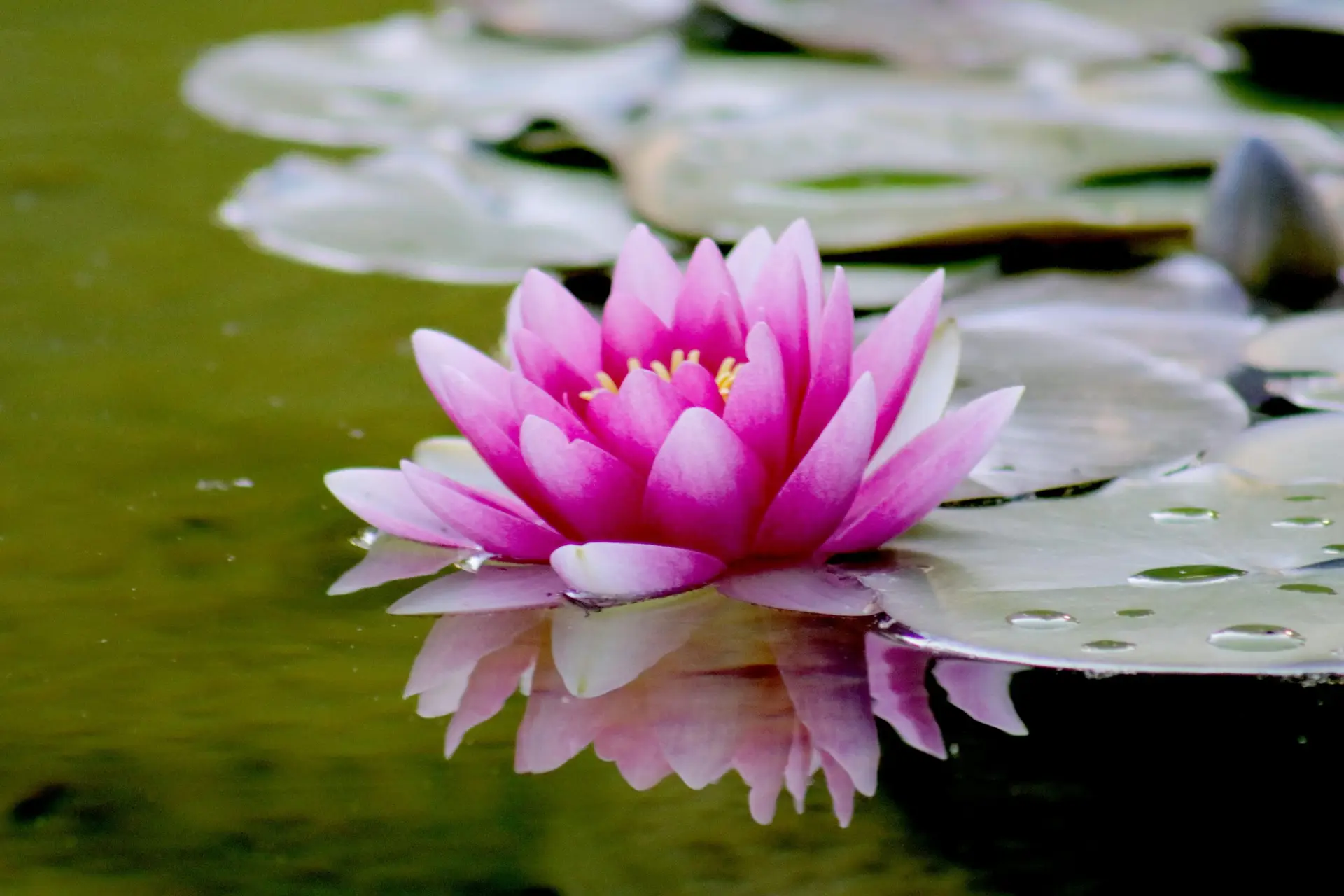1. Let’s talk meditation
Feeling stressed? Depressed? In need of some serious chill-out time? Well, you’ve come to the right place! Meditation has been my go-to when life gets tough, and honestly, it works wonders. Whether you’re a newbie or a seasoned meditator, I’ve got some easy tips to help you find your Zen and kick stress to the curb. So grab a cozy blanket, find a comfy spot, and let’s dive into the world of meditation. Trust me, you won’t regret it.

2. Why do I meditate?
Well, let me start by saying that the benefits of meditation are truly endless. For me, it’s all about finding inner peace and quieting the chaos that often consumes our minds. Life can get so hectic and overwhelming at times, and it’s easy to feel like you’re constantly being pulled in a million different directions. But when I take the time to meditate, I give myself a much-needed break from the noise and allow my mind to settle.
Meditation helps me to stay grounded and present in the moment. It allows me to let go of stress, worries, and negative thoughts, and instead focus on my breath and body. It’s like hitting the reset button for my mind, leaving me feeling refreshed, rejuvenated, and ready to take on whatever life throws my way.
But don’t just take my word for it. Give it a try yourself and see the transformative power of meditation. Check out my Facebook and Instagram page for tips on how to get started and make the most out of your meditation practice.
3. Finding a place to meditate
Now that you’re excited to give meditation a try, let’s talk about finding your space to do it. You see, finding the perfect location to meditate is key to creating a peaceful and calming environment.
Personally, I love meditating outdoors surrounded by nature. There’s just something about being in the fresh air, listening to the birds chirping and feeling the gentle breeze on my skin that helps me connect with my inner self. However, if that’s not your thing, don’t worry! It can be anywhere that makes you feel relaxed and comfortable.
It could be a cozy corner in your home, a quiet park, or even a dedicated meditation space you create for yourself. The important thing is to find a place where you can feel at ease and free from distractions. So, take a moment to think about where you feel most peaceful and make that your go-to meditation spot.
In the next section, I’ll be sharing with you some techniques that can help you ease into your meditation practice and make it a regular part of your routine. Stay tuned, and get ready to find your inner calm!
4. Get comfy and focus
Now that you’ve found your meditation spot, it’s time to get comfortable and get ready to dive into meditation. Trust me, this is where the magic really happens!
First things first, find a position that works best for you. Whether you choose to sit cross-legged on a cushion, lie down on a yoga mat, or even lean back in a comfy chair, the choice is yours. The goal here is to be in a position that allows your body to relax and be at ease.
Once you’re all set up, it’s time to focus your attention. One technique that really helps me is to start by taking a few deep breaths. Inhale slowly through your nose, feeling the air fill up your lungs, and then exhale gently through your mouth, releasing any tension or stress you might be holding onto. This simple act of focusing on your breath can really help calm your mind and bring you into the present moment.
If you find your thoughts wandering, don’t worry, it’s completely normal. Acknowledge those thoughts and gently bring your focus back to your breath. Don’t get frustrated with yourself – meditation is a practice, and like anything else, it takes time and patience.
Remember, there’s no right or wrong way to meditate. Experiment with different techniques and find what works best for you. The most important thing is to make it a regular part of your routine. Consistency is key in reaping the many benefits of meditation.
5. Breathe in, breathe out
One of the most important aspects of meditation is focusing on your breath. Taking deep breaths can do wonders for your mind and body. So, as you settle into your comfortable position, start by taking a deep inhale. Feel the air entering your nose, filling up your lungs, and then slowly exhale through your mouth, releasing any tension or stress.
Try to make your breaths slow and intentional, allowing them to be the anchor that keeps you rooted in the present moment. Pay attention to the sensation of the air entering and leaving your body, and let it be a reminder to let go of any thoughts or distractions that may arise.
If you’re feeling particularly restless or your mind is busy with thoughts, focus on the sound or rhythm of your breath. Let it guide you into a state of peace and calmness.
Remember, there’s no rush or pressure to achieve a specific outcome with your breath. Simply allow it to be your own personal rhythm. So take a moment, close your eyes, and take a few more deep breaths. Let the breath be your guide to inner calmness.
6. Embrace the distractions
You might be thinking, “wait, isn’t meditation about clearing the mind and getting rid of distractions?” Well, yes and no. While it’s true that the goal of meditation is to cultivate a sense of presence and stillness, it’s also important to acknowledge that distractions are a natural part of the process.
Instead of fighting against distractions or becoming frustrated when they arise, try embracing them with a sense of curiosity and non-judgment. Whether it’s a loud noise outside, an itch on your nose, or a wandering thought, see them as opportunities to practice redirecting your attention back to the present moment.
By acknowledging and accepting these distractions, you create a space of mindfulness and awareness. It’s like flexing a muscle – the more you practice redirecting your attention, the stronger your ability to stay focused becomes.
So next time your mind starts to drift, don’t beat yourself up. Embrace those distractions and use them as stepping stones toward a more peaceful and centered state of mind.
7. The power of consistency and patience
When it comes to meditation, consistency is key. Like any skill or practice, it takes time and patience to see tangible results. So often, we expect instant gratification and become discouraged when we don’t see immediate changes in our minds or lives.
But the truth is, meditation is a cumulative process. It’s the daily commitment to showing up and sitting with ourselves that allows us to reap the benefits. Just like going to the gym or learning a new language, progress takes time, effort, and dedication.
So, don’t get discouraged if you don’t experience a profound sense of peace or enlightenment after just one session. Instead, focus on the small wins and moments of stillness that you do have. Trust in the process and know that each time you sit down to meditate, you are nurturing your mind, body, and soul.
Remember, meditation is a journey, not a destination. It’s about cultivating a lifelong practice of self-exploration and self-care. So, be patient with yourself and continue to show up for yourself, even on the days when it feels challenging. The rewards will be well worth it.
8. Take it slow, and don’t stress too much
Now that you understand the importance of consistency in meditation, it’s time to take it slow and not stress too much. Remember, meditation should be a calming and relaxing practice, not another source of stress in our lives.
One common mistake many beginners make is putting too much pressure on themselves to “get it right” or achieve a certain level of proficiency quickly. But the truth is, there is no right or wrong way to meditate. It’s a personal journey, and everyone’s experience will be unique.
So, instead of worrying about doing it perfectly, focus on finding what works for you. Experiment with different techniques, such as guided meditations, mindfulness exercises, or simply sitting in silence. Allow yourself to explore and discover what resonates with you the most.
And remember, meditation is not about clearing your mind completely or stopping all thoughts. It’s about observing your thoughts without judgment and developing a sense of presence and awareness. So, give yourself permission to be imperfect and embrace the process.
In conclusion, let go of perfectionism and expectations. Embrace meditation as a tool for self-exploration and self-care. Nurture your mind, body, and soul with each meditation session. And most importantly, be kind and patient with yourself throughout this journey.
Keep practicing, be patient with yourself, and enjoy the process. With time, you’ll find that your meditation sessions become more productive and fulfilling. And don’t forget to enjoy the little moments of peace and stillness that come with each session.
We’ve talked about the importance of consistency and setting realistic expectations. We’ve also emphasized that meditation is a journey, not a destination.
Don’t stress about perfection or getting it right every single time. Just keep practicing and enjoy the process. Trust me, with time, you’ll see progress and you’ll feel more fulfilled during your meditation sessions.

